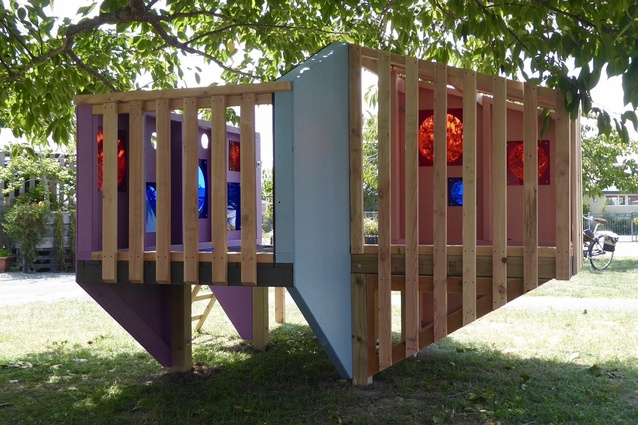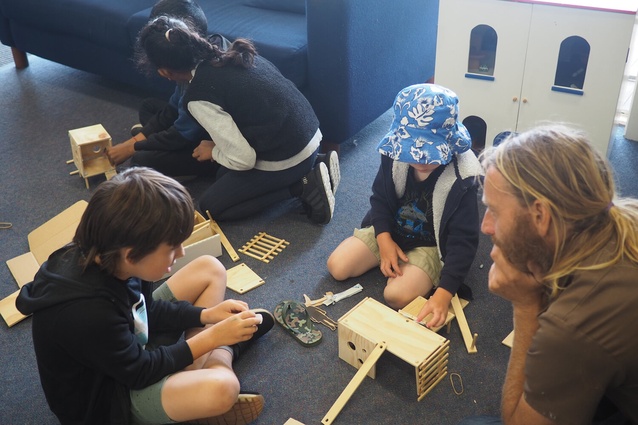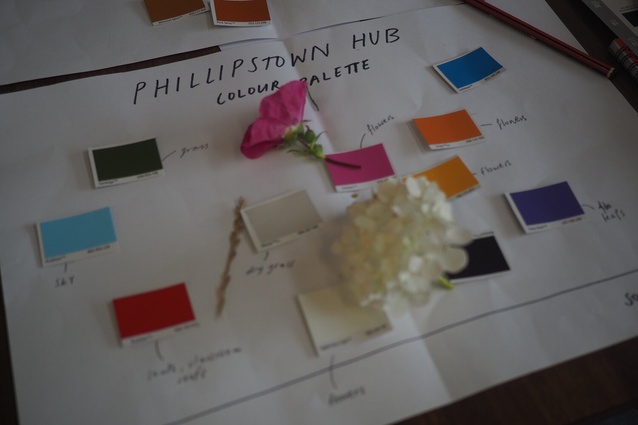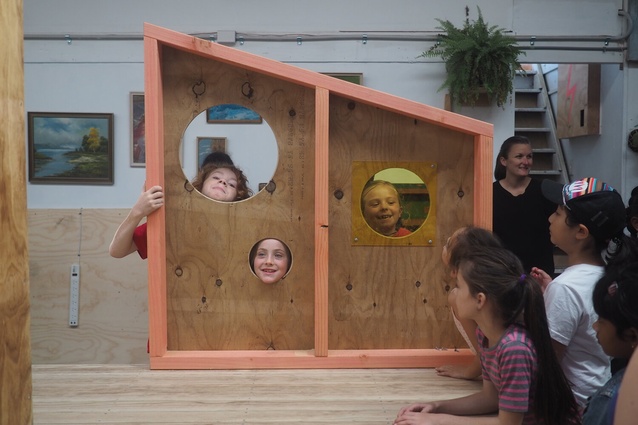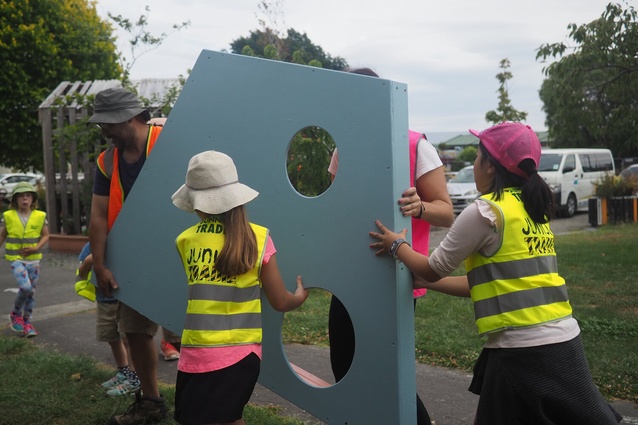Child’s play: The Imaginarium
Dr Wendy Hoddinott shares how, over the summer holidays, a group of children discovered a new kind of freedom – that of designing their own play environment.
Place Cadets, a children’s design and build project, was integrated into the OSCAR school holiday programme at Phillipstown Hub in Christchurch over two weeks. Its aim to explore meaningful ways for children to participate in designing their outdoor environment.
Through my practice Gather Landscape Architecture, 21 five to eleven year olds were led on a design thinking process to create a modular, site-specific play element. Helping with different aspects were local design/build expert Jonathan Hall, human-centred designer Rhiannon Josland, community development worker Jono Kitt, and OSCAR staff.
Children have brilliant ideas, but involving them is often perceived as too difficult. We wanted to test that by allowing children to lead the decision-making so that the final outcome would be a reflection of their experiences and aspirations, not our assumptions of the kind of space they would like to play in.
The children learnt how to put a brief together, build prototypes and collaborate with one another.
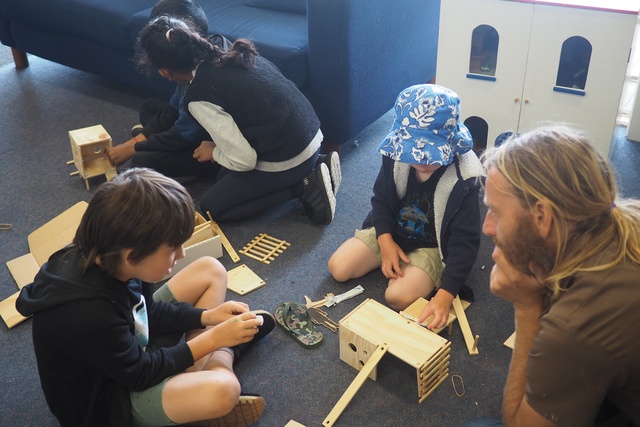
Design is fundamentally a social process where institutional decision-making processes are linear and follow a step by step approach. Designers typically frame complex situations such as public space design and then they test ideas to arrive at a spatial resolution.
The flexibility of this approach means it is ideally suited for children’s involvement and shows the value of landscape architects working directly with children.
From exploring the area, and identifying what might be missing, the children then set to work imagining a design through a series of playful exercises. What started out as big ideas in their imaginations, quickly took shape in the form of scale models – providing a tangible way to articulate their ideas and gather feedback from others.
Through collaboration and compromise, a final design was eventually settled on, tested as a 1:1 cardboard prototype, before being fabricated by Variant.
“We combined the essence of the children’s final models to create a buildable structure,” Jonathan Hall says. “We programmed workshop visits where the children could see their ideas progressing.
“The full scale modular elements constructed in the workshop taken to site, and then carried and bolted together by the children and their parents.”
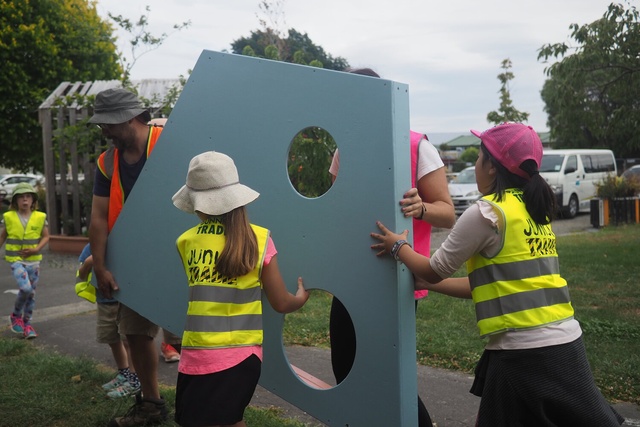
The final structure - titled The Imaginarium - is a place for children to play out their many imagined worlds – designed as a space to climb, hide and put on a puppet show.
“This project is an example of the positive outcomes created when communities are meaningfully involved in designing their public places. The children’s connection to this space has been strengthened because they have been given the agency to make it a space of their own,” says Rhiannon Josland.
The Imaginarium can be visited at Phillipstown Hub, 39 Nursery Road, Phillipstown, Christchurch.
This article was first published on the Landscape Architecture Aotearoa website, which is published by the New Zealand Institute of Landscape Architects (NZILA).

